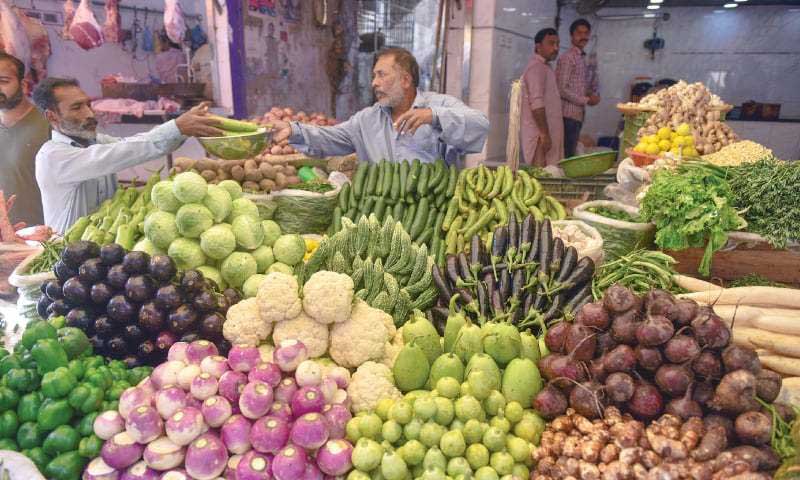AS the Pakistan Bureau of Statistics (PBS) indicates a rising price; trend of what it calls sensitive vegetables like tomato (15 per cent) and potato (7.42pc) in its weekly Sensitive Price Index (SPI;,stabilising vegetable prices at the retail level has a struggle for administration; in all urban areas of Punjab for the last many months, especially after the advent of Razaman.
The establishing of Ramazan Bazaars for provision of cheaper vegetables is proving inadequate; due to limited number and short supplies of essentials (tomato, onion, potato). So, the choice is clear: either spend good part of the day queuing up for these items and risk catching the virus; or purchase from the open market at higher rates.
Even the PBS statistics don’t capture the entire picture. It does not tell that most of vegetables traded in the markets are grown in Punjab; because of agriculture cycle, and should have much cheaper because they reach market quickly and escape much of post-harvest losses and freight charges. The statistics also don’t include the retail variations; which, sometimes, are high enough to make them look irrelevant. At the retail level, the gourd family (tori, tinda, etc) vegetables cost over Rs50 per kg; others like okra, peas or bitter gourd cost over Rs200 per kg; even more depending on the location where one purchases them from.
Punjab’s vegetable production cycle would, by and large, be over in next two months; July may see prices skyrocketing as production centres shift to KP and Balochistan; adding cost of transportation, which sometimes is higher than the commodity itself; creating a fresh hue and cry at the popular level.








